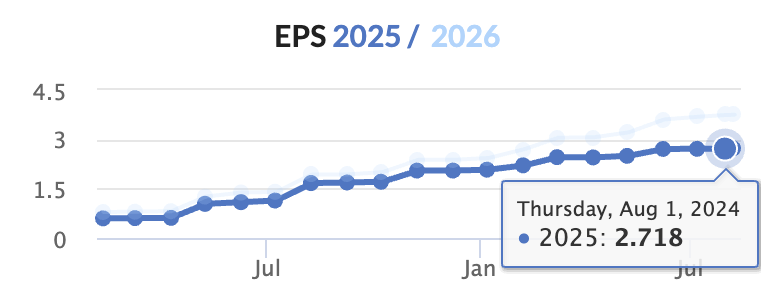How to make the most of analyst recommendations
With the exception of company insiders (and perhaps some long term, private investors), a company's analysts will know its investment case better than anyone. These are professional stock researchers who are paid to analyse the investment credentials.
Analysts use their research to forecast company earnings, set share price targets and give buy or sell recommendations.
For private investors who can get hold of this type of research, these insights can form an important part of buying or selling decisions.
But beware, it pays to be sceptical.
Scouring the market for companies rated ‘STRONG BUY’ among research analysts sounds like a smart investing strategy, but it isn’t. Of all the thousands of stock recommendations made each year, only around 10% ever advise selling a stock. This mighty imbalance indicates that analysts are hugely biased towards making positive recommendations about the companies they cover.
The truth is that analysts are often fundamentally conflicted. On the one hand they are required to produce objective research while on the other the companies they work for often need to keep up genial relationships with management. While ‘chinese walls’ are supposed to separate different parts of investment banks, analysts rarely seek to compromise the work of corporate finance departments who may aim to secure valuable investment banking work.
So while it may be exciting to see a ‘buy’ recommendation on a share of interest, the absolute level of these recommendations can often be meaningless.
That's not to say that investors shouldn't use analyst recommendations and forecasts. This article shows you how you can use this type of research to your advantage.
Three ways to make the most of analyst recommendations
Look for bold recommendation changes - Research shows that big revisions in analyst recommendations can have a greater initial impact on prices. Companies that attract a big number of revised recommendations tend to see the biggest short term boost to their share prices, but this boost doesn't tend to last.
Assess earnings upgrades - Nothing speaks more about the confidence of analysts than when they make upgrades to their earnings estimates for a stock. Changes to earnings estimates occur much more frequently than recommendation changes. With companies making regular trading announcements to the market, forecasts can be revised on a quarterly or even monthly basis.
Earnings surprises on results day - Expectations of a stock’s financial performance are judged against the earnings per share (EPS) forecasts set by the consensus of analysts. Beating these expectations on results day is a sure fire way for companies to get a warm reception from shareholders. Stocks that pull off surprises regularly see their prices drift higher for up to three months after reporting their results.
Using Stockopedia to integrate analyst upgrades into your investing
Compare changes to recommendations
Strategy: Short-term
Investors looking to respond to changes in analyst sentiment should compare the current consensus recommendations to those given three months ago.
Downgrades to the consensus recommendations can be seen as a red flag to short term share price trajectory.
Check trajectory of earnings forecasts
Strategy: Compounding growth
Look for companies whose earnings for the coming and following financial years keep getting upgraded. A line sloping upwards to the right shows that analysts are repeatedly raising the earnings forecasts.
In the example above, the company is currently forecast to report EPS of £2.7 for the 2025 financial year. Back in February 2023 (when the chart starts) the forecast for 2025 was only 50p.
Look for companies which beat their forecasts
Strategy: Compounding growth
A company that beats its estimates on results day can enjoy a strong surge in its share price. But investors looking for long term share price momentum shouldn't just look for one earnings beat, they should look for companies that beat consensus estimates consistently.
Investors can use Stockopedia's screening tool to identify companies which have beaten earnings forecasts.



